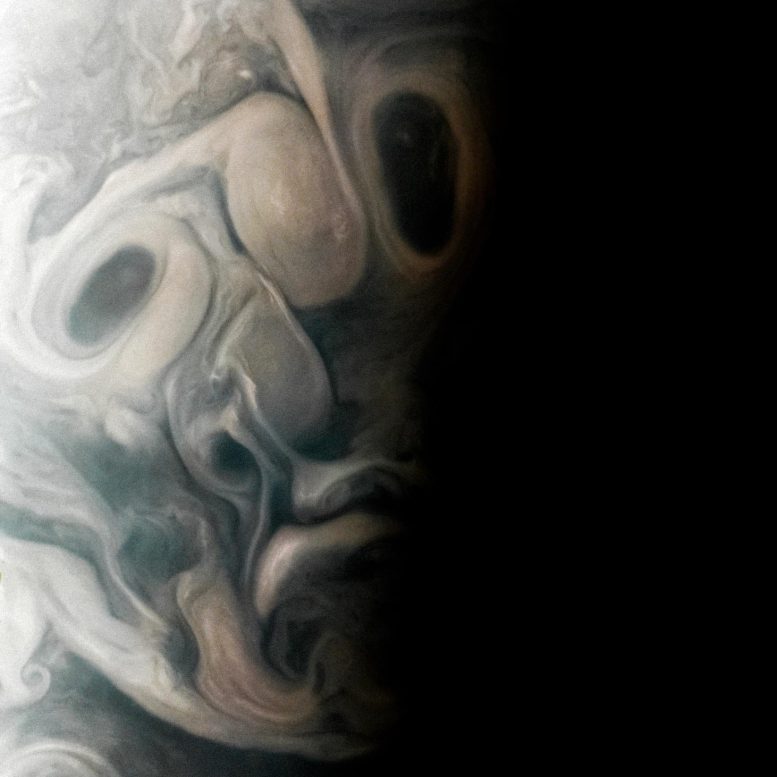
On September 7, 2023, during its 54th close flyby of Jupiter, NASA’s Juno mission captured this view of an area in the giant planet’s far northern regions called Jet N7. The image shows turbulent clouds and storms along Jupiter’s terminator, the dividing line between the day and night sides of the planet. The low angle of sunlight highlights the complex topography of features in this region, which scientists have studied to better understand the processes playing out in Jupiter’s atmosphere. Credit: NASA/JPL-Caltech/SwRI/MSSS, Vladimir Tarasov
During its 54th flyby, NASA’s Juno captured an image of Jupiter’s Jet N7 region, revealing turbulent clouds and the planet’s terminator. Processed by Vladimir Tarasov, this image has intrigued scientists and displayed pareidolia effects.
Juno’s Stunning Capture of Jupiter’s Northern Region
On September 7, 2023, during its 54th close flyby of Jupiter, NASA’s Juno mission captured this view of an area in the giant planet’s far northern regions called Jet N7. The image shows turbulent clouds and storms along Jupiter’s terminator, the dividing line between the day and night sides of the planet. The low angle of sunlight highlights the complex topography of features in this region, which scientists have studied to better understand the processes playing out in Jupiter’s atmosphere.
Pareidolia in Jupiter’s Clouds
As often occurs in views from Juno, Jupiter’s clouds in this picture lend themselves to pareidolia, the effect that causes observers to perceive faces or other patterns in largely random patterns.
Image Processing by Citizen Scientist
Citizen scientist Vladimir Tarasov made this image using raw data from the JunoCam instrument. At the time the raw image was taken, the Juno spacecraft was about 4,800 miles (about 7,700 kilometers) above Jupiter’s cloud tops, at a latitude of about 69 degrees north.
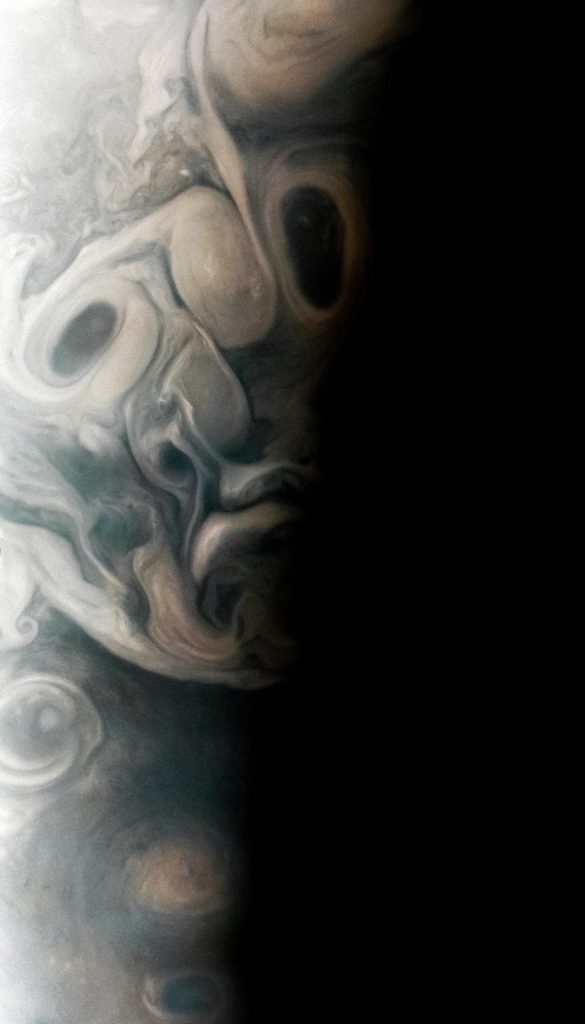
The image at the top of this article was cropped. This is the full view. Credit: NASA/JPL-Caltech/SwRI/MSSS, Vladimir Tarasov
Overview of Pareidolia
Pareidolia is a psychological phenomenon in which the mind perceives a familiar pattern or image, often a face, in a random or unrelated visual stimulus. This intriguing quirk of human cognition is why people might see animal shapes in clouds, discern the face of a man in the moon, or even spot Jesus on a piece of toast.
The human brain is hard-wired to recognize faces; it’s an evolutionary trait that has helped humans identify and connect with other humans. This facial recognition ability is so deeply ingrained that our minds often fill in the gaps when presented with incomplete or vague visual data, leading us to see faces where there are none.
Pareidolia isn’t limited to faces, however. It can extend to hearing phantom sounds in random noise. For instance, some might claim to hear indistinct voices in the sound of a fan or see patterns in the random arrangement of tiles.
This phenomenon can be found throughout history and has influenced many areas of culture, from religious sightings to the arts. Regardless of the context, pareidolia serves as a fascinating reminder of the brain’s powerful and sometimes deceptive pattern recognition capabilities.


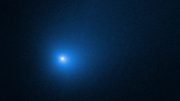
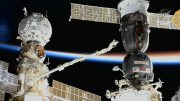
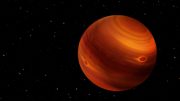
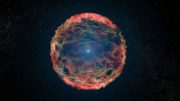
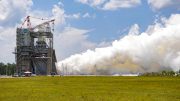


Hail to the great god EVOLUTION! (/sarc)